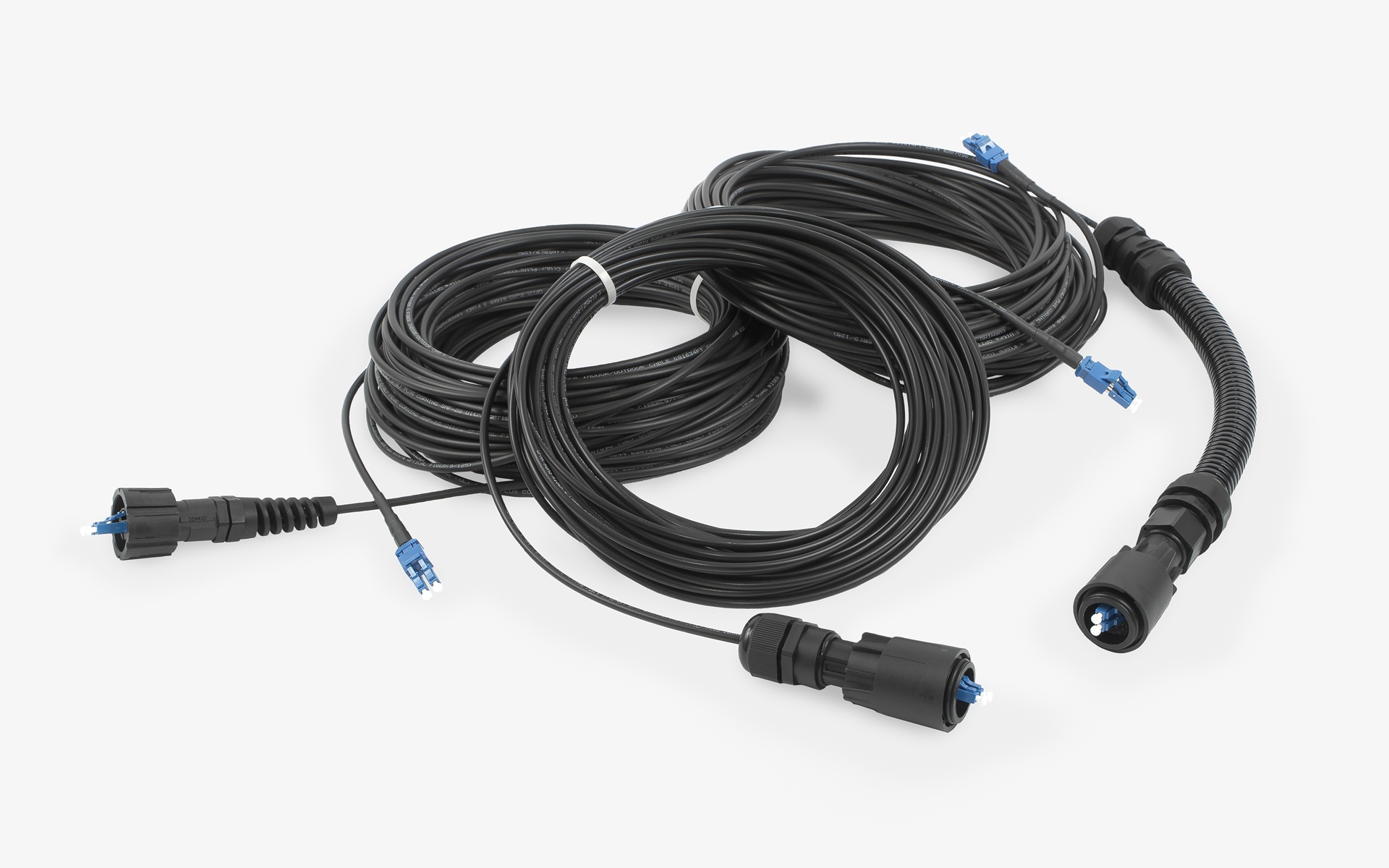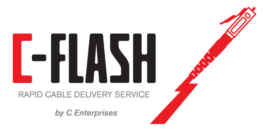
Do you know how 5G Infrastructure operates and why an estimated 275 Billion dollars is being invested in it?
The term "5G" is one of the top buzz words of 2019. Multiple studies have shown that in the United States alone over 275 Billion dollars could be invested into 5G infrastructure growth between 2017 and 2024. According to a study by Accenture Strategy, the resulting GDP growth could top 500 Billion dollars through direct and indirect benefits.
So what is 5G infrastructure?
Cell Towers are everywhere, so when we read of the need for 5G infrastructure, a logical question is: how does 5G communication differ from 4G? In short, 5G relies on Small Cell design instead of the macrocell towers currently in use.
Small Cells are aptly named, as they are much smaller and more inconspicuous that tower designs for 4G and earlier infrastructure. Small cell hardware requires considerably less power and can be installed to street lights and signs with a very small footprint.

However, the differences run deeper:
- Small Cells transmit on an entirely different part of the radio spectrum for 5G communication.
- By using high frequency millimeter waves, the range of 5G coverage provided by each cell unit is limited.
- Innovative antenna technology within the small cells make use of "beamforming"; the focusing of a signal only in the direction of a user, rather than broadcasting in many directions at once. This approach strengthens the signal's chance of arriving intact and reduces interference for others.
So, what does this all mean to you?
- According to a survey conducted by the TIA among 5G operators, fiber was ranked as the most important backhaul and transport technology; with 83 percent of respondents saying Fiber is “very important.”
- Additionally, small cell and DAS antenna designs call for stringent Low PIM, Low Loss coax solutions that are both robust and compact. According to one leading antenna manufacturer: "insufficient attention to passive intermodulation (PIM)....can mean that an antenna doesn’t perform according to the expectations of network planners, resulting in poor coverage, blocked or dropped calls or impacts to throughput."
Where will you turn for high performance Fiber Optic assemblies, IP-rated solutions and Low PIM Coax cables to meet the demand of growing infrastructure?
Low PIM, Low Loss NEX10 and Type 10 Assemblies
Would you like to find out more about 5G Solutions?


.png?width=741&name=output-onlinepngtools%20(2).png)







